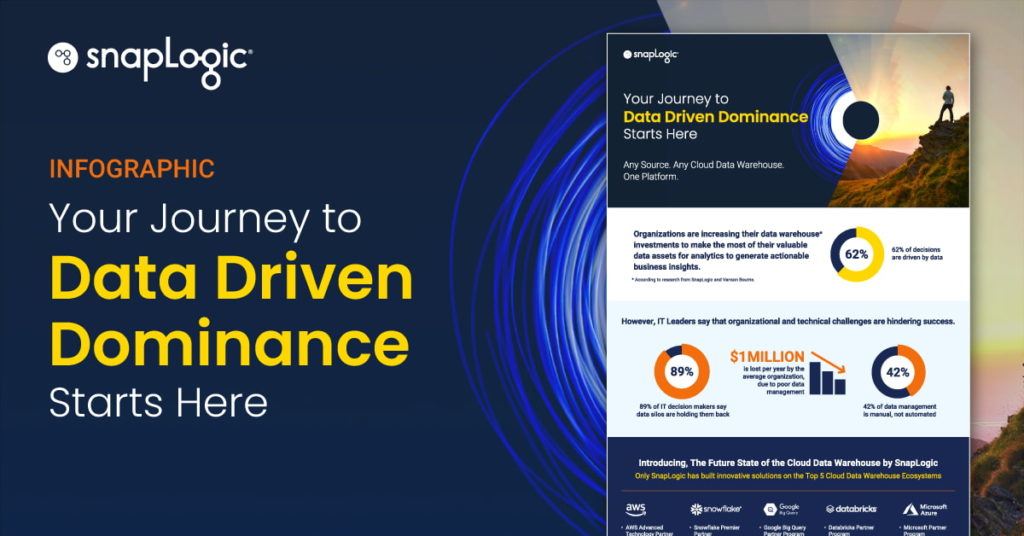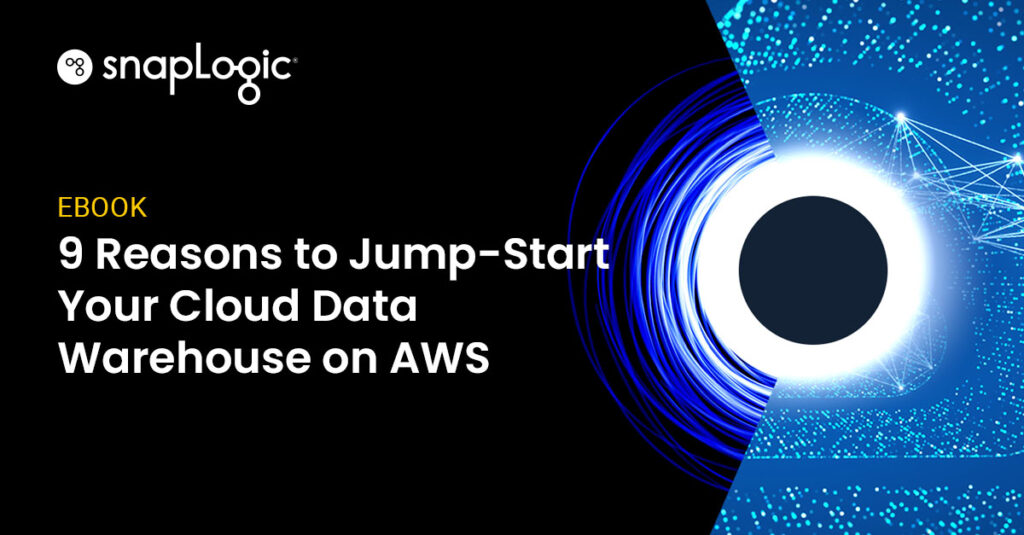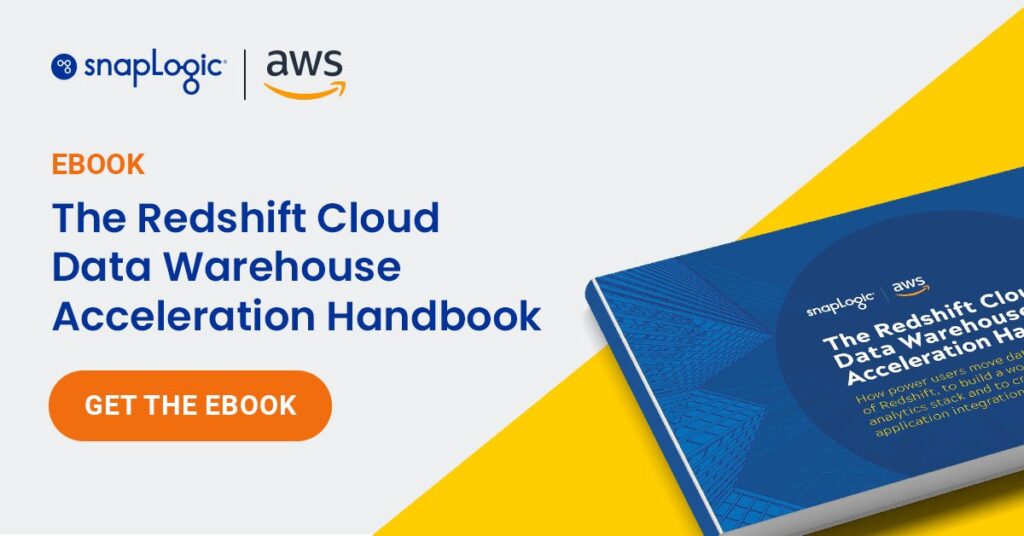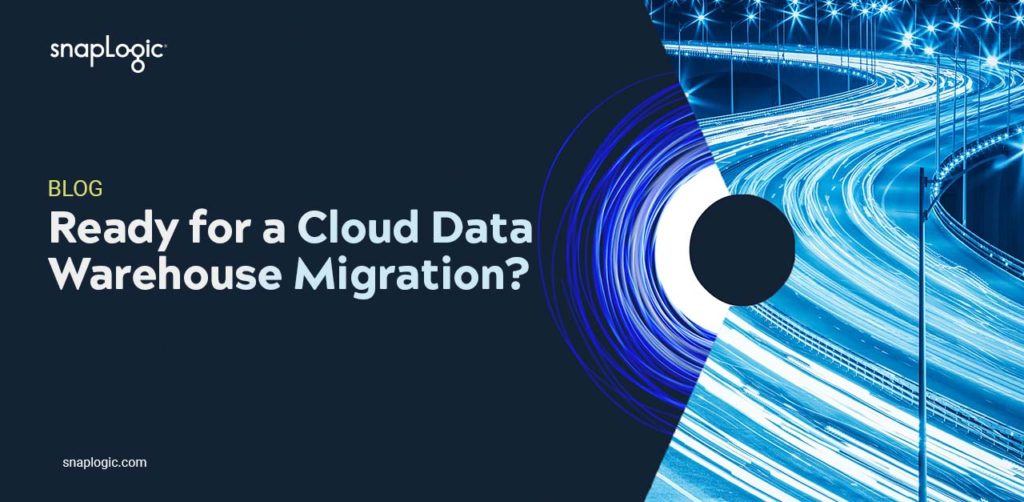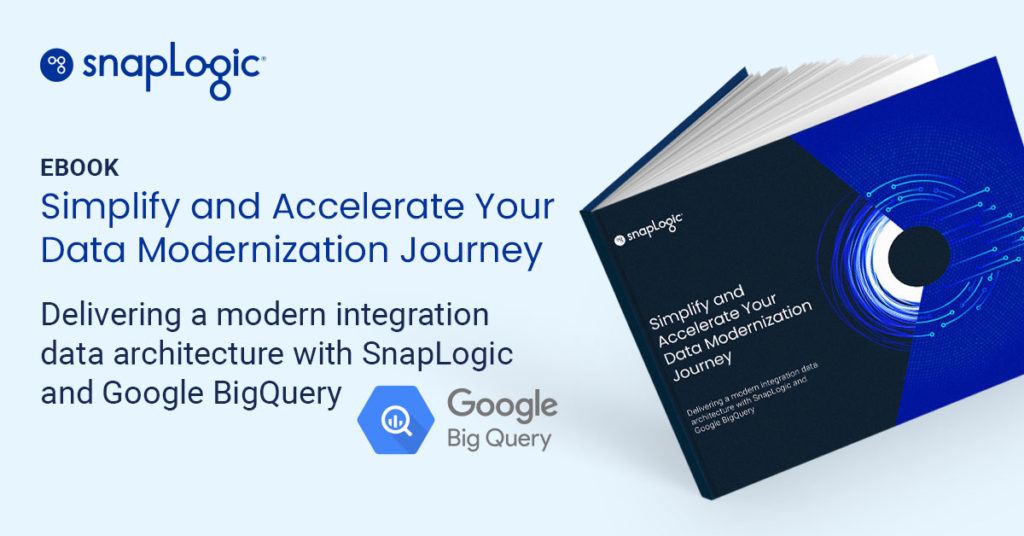What is a cloud data warehouse?
A cloud data warehouse is an online repository for all the data that an organization consolidates from various sources – data that can then be accessed and analyzed to run the business. This data could be from multiple data streams, the Internet of Things, relational databases, and data systems.
Cloud data warehouse vs. traditional data warehouse
Traditional data warehouses are hosted through on-site (on-premises) servers, requiring hardware maintenance, office space and associated costs. Cloud data warehouses are provided as a service by cloud providers and hosted in the public cloud.
As on-premises data warehouses are prone to inflexible storage capacity, technical difficulties, and high operational overhead due to hardware maintenance needs, many organizations are moving data warehousing to the cloud.
What are the benefits of a cloud data warehouse?
Cloud-based data warehouses take advantage of the core benefits associated with on-demand computing including far-reaching user access, real-time data, seemingly limitless storage, increased computational capacity, and the ability to scale while paying only for what is used.
Top cloud data warehouse solutions
Popular cloud-based data warehouses and SnapLogic partners include Amazon Redshift, Microsoft Azure, Google BigQuery, and SnowflakeDB.
How does data integration work with a cloud data warehouse?
When your data warehouse is based in the cloud, data integration tools are critical in turning your data into useful, actionable information. Traditional extract, transform, and load tools cannot scale to move shifting amounts of Big Data to a cloud data warehouse. SnapLogic’s web-based iPaaS and AI-powered tools enable customers to integrate their data seamlessly and without additional coding.
Moving data to the cloud? See how SnapLogic makes it easier than ever.





